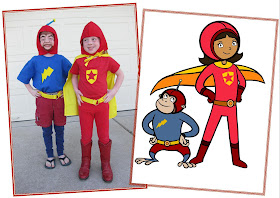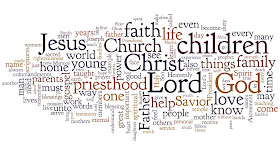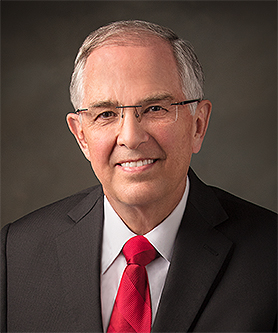I discovered that I have an "issue" with treats when I helped a friend move. He and his family were moving cross-country, so they gave the majority of their refrigerator contents to me rather than trash them. When I unloaded the items, I realized that they're different from me. For example, they had a couple of opened candy packages (single serve M&Ms) and a nearly-gone bag of chocolate chips—things that wouldn't see the end of the day with me around; I didn't even know people could stop eating bags of candy and save the rest for later!
Strange as it sounds, I thought of this experience this morning as I walked by the soda machine at work and noticed, again, that it has a newly installed credit card reader.

When the soda machine was credit card enabled, I brought it up at lunch and seemed to be the only person who thought it was strange to need to charge a purchase as small as a soda. While I now understand that my colleagues can charge their $0.75 sodas instead of having to carry around real money, I still think it's a bit odd, but perhaps that's because I really don't like soda.

I struggle with my aversion to the soda machine credit because I love credit cards (as long as they're paid back reasonably). I enjoy not having to carry cash that always seems to disappear from my wallet (because I don't get cash statements at the end of each month itemizing everything I spent cash on), and I can also earn cash back (thank you, Discover Card!). In the area of stuff I really don't know much about, I also enjoy using credit cards for purchases because I think it has something to do with establishing credit (or something like that!).
My enthusiasm on credit cards is diametrically opposed to the views that some have. I have friends (including relatives) who are entirely uncomfortable with credit cards. Their view seems to be that credit cards are evil—and not a necessary evil—and should be avoided like the plague.

Despite the strong feelings of some, it seems that credit cards are becoming ubiquitous. In fact, as I was approached by the homeless and asked for spare change on a business trip this summer, I wondered how the reliance on credit as tender affects spare-change-philanthropy.

I heard a news report recently (
link) that claimed that credit card use—particularly those that offer benefits (like my beloved Discover)—is unfair to the poor. Here's what I remember: It's not free to use credit cards—stores are charged to provide the service. → As more and more cards offer better and better rewards, the cost to use the cards at stores increases. → Instead of charging an additional cost to customers who use credit cards (which some stores used to do ten years ago), stores adjust things to compensate for the increased cost. → This adjustment basically means that prices increase. → The increase in price affects everyone. → End story: the poor—a class that generally can't obtain credit cards (so the story claims)—pay for the costs of credit cards without any of the benefits.
Now, some would jump around screaming about socialism, communism, or elitism—red-faced while pulling out their hair—but is that a logical conclusion? It sounds a bit non sequitur to me. A more logical action would seem to be to ask two questions:
- Does this system present an undue/unfair hardship on a group, resulting from unobtainable benefits?
- Should credit cards be thought of as a freedom or right guaranteed to all?
Upon returning home from my missionary service, I was unable to obtain a credit card. I was a twenty-one-year-old with zero credit. I wasn't offended at the exclusion, but I worked to join the credit-enabled—as I said, it provides nice monthly accounting and accountability (things I think I need!). After obtaining a free bank account, I applied for a debit card, waited the required 60 days, and received a bank credit card with a whopping $200 credit limit!
I was on my way! *patting self on back*
Fast forward a couple of years. As a freshman in college, I applied for another credit card and found that the credit limit given was actually more than I made in a single year! This is a whole different problem that I'll not get into here.
My point is that I used free, available-to-all services to get what I wanted. This is my answer to the first question (regarding unobtainable benefits).
The answer to the second question (about credit freedom for all) has to do with refrigerator contents. I learned from my friends fridge finds that I can't really trust myself with candy and other treats—there are no opened candies in my house! Am I free to use self-restraint regarding M&Ms? Of course! But do I? ... Okay, No, I don't.
Similarly, perhaps those who are unable to reasonably use credit—without accruing gobs of debt—rightly tell everyone how great they feel that they don't own a single card. (I'm not saying that people who are against credit are so because they lack self-control.) What I'm saying is that perhaps some people shouldn't have credit cards just because they can't be trusted to leave some of the credit uneaten in the opened bag in the fridge, if you know what I mean.
Regardless of where you feel you lie on the issue, perhaps there is hidden meaning in the message I saw on my work soda machine's credit portal this morning; as if admitting defeat it simply read "
Cash Only."



















































